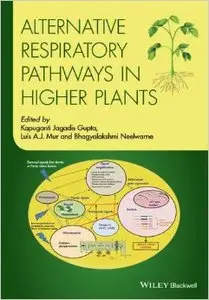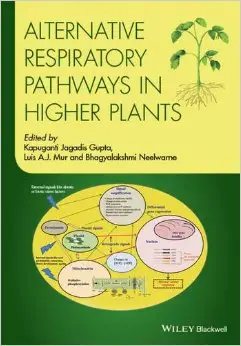Kapuganti Jagadis Gupta and Luis A. J. Mur, "Alternative Respiratory Pathways in Higher Plants"
English | ISBN: 1118790464 | 2015 | 400 pages | PDF | 4 MB
English | ISBN: 1118790464 | 2015 | 400 pages | PDF | 4 MB
Rapid developments in molecular and systems biology techniques have allowed researchers to unravel many new mechanisms through which plant cells switch over to alternative respiratory pathways.
This book is a unique compendium of how and why higher plants evolved alternative respiratory metabolism. It offers a comprehensive review of current research in the biochemistry, physiology, classification and regulation of plant alternative respiratory pathways, from alternative oxidase diversity to functional marker development. The resource provides a broad range of perspectives on the applications of plant respiratory physiology, and suggests brand new areas of research.
Other key features:
written by an international team of reputed plant physiologists, known for their pioneering contributions to the knowledge of regular and alternative respiratory metabolism in higher plants
includes step–by–step protocols for key molecular and imaging techniques
advises on regulatory options for managing crop yields, food quality and environment for crop improvement and enhanced food security
covers special pathways which are of key relevance in agriculture, particularly in plant post–harvest commodities
Primarily for plant physiologists and plant biologists, this authoritative compendium will also be of great value to
postdoctoral researchers working on plant respiration, as well as to graduate and postgraduate students and university staff in Plant Science. It is a useful resource for corporate and private firms involved in developing functional markers for breeding programs and controlling respiration for the prevention of post–harvest losses in fruit, vegetables, cut flowers and tubers.



